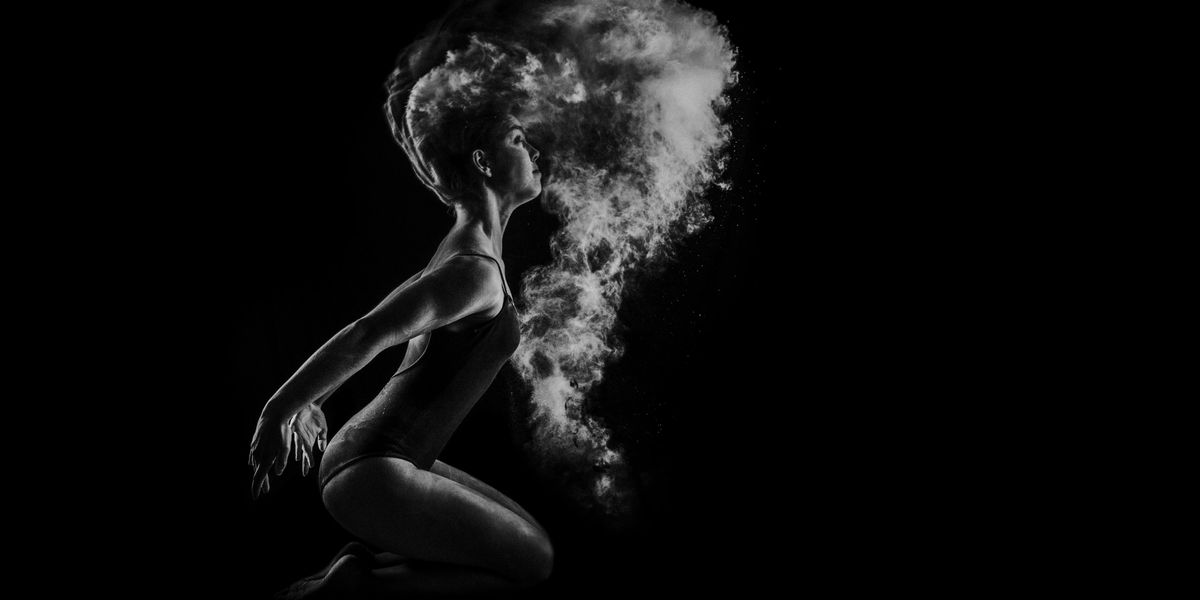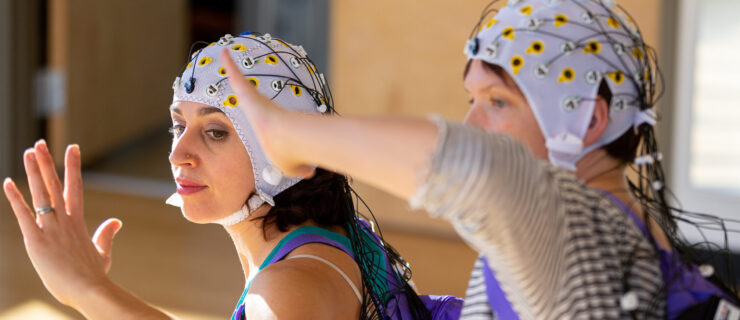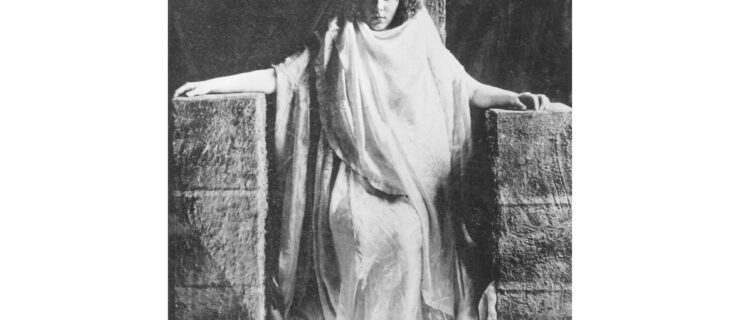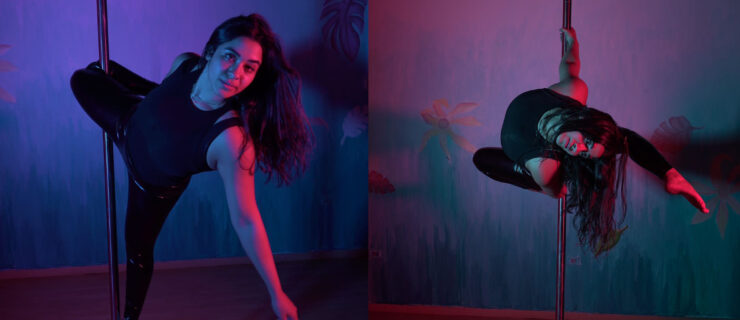Dancers Are More Intelligent Than They Get Credit For
Raise your hand if you’ve ever been stereotyped as stupid because you’re a dancer. Raise your other hand if that misconception boils your blood.
Well, you’re in luck: One researcher is determined to set the record straight.
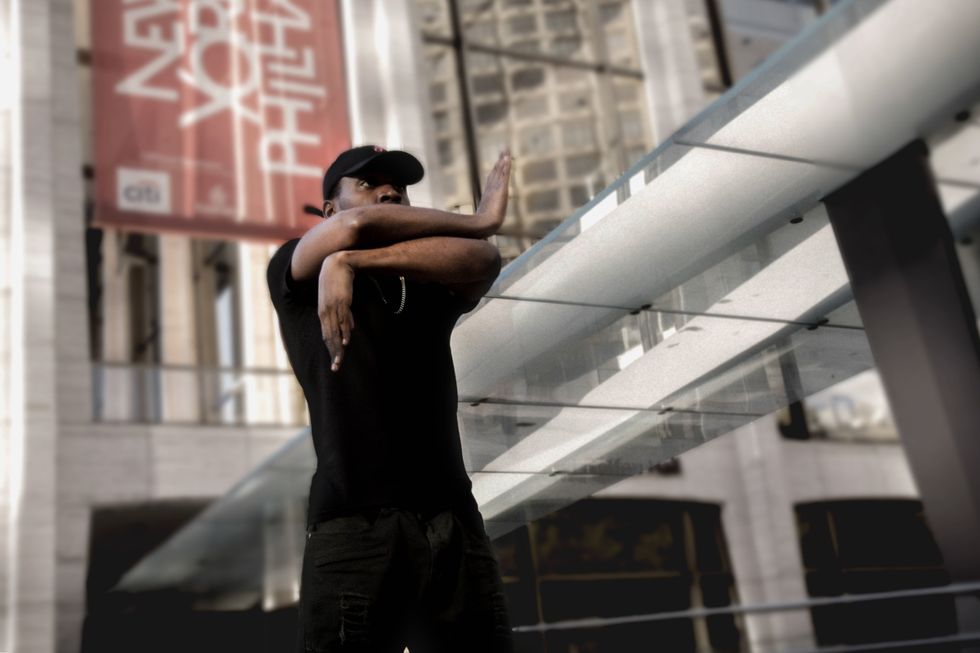
Moving our bodies involves thinking, communicating and understanding the world around us. Photo by Maria Badasian/Unsplash
Dr. Matthew Henley, a professor at Texas Woman’s University, is gathering data to advocate for the value of dance as an intellectual practice—and build a framework for how to describe dance intelligence to non-dancers.
“One of the things we dancers often say is, ‘Oh, she’s such a smart mover,’ ” says Henley, himself a former dancer with Seán Curran and Randy James. While a non-dancer might assume that “smart mover” just has great physical ability, dancers can see that she’s coordinating her body really efficiently, or processing the movement very clearly, or translating the phrase into her body in creative ways.
“But it’s hard to explain to a school principal how what’s going on in a dance studio is reflective of intelligence,” Henley says. That’s why he’s working to find a way to articulate the deep cognitive processes that are both practiced and developed in the studio.
Standing on the shoulders of other dance education pioneers like Margaret D’Houbler, his research involves observing dance classes at TWU to identify moments of cognitive processing, and then interviewing teachers and dancers to record their experiences of learning.
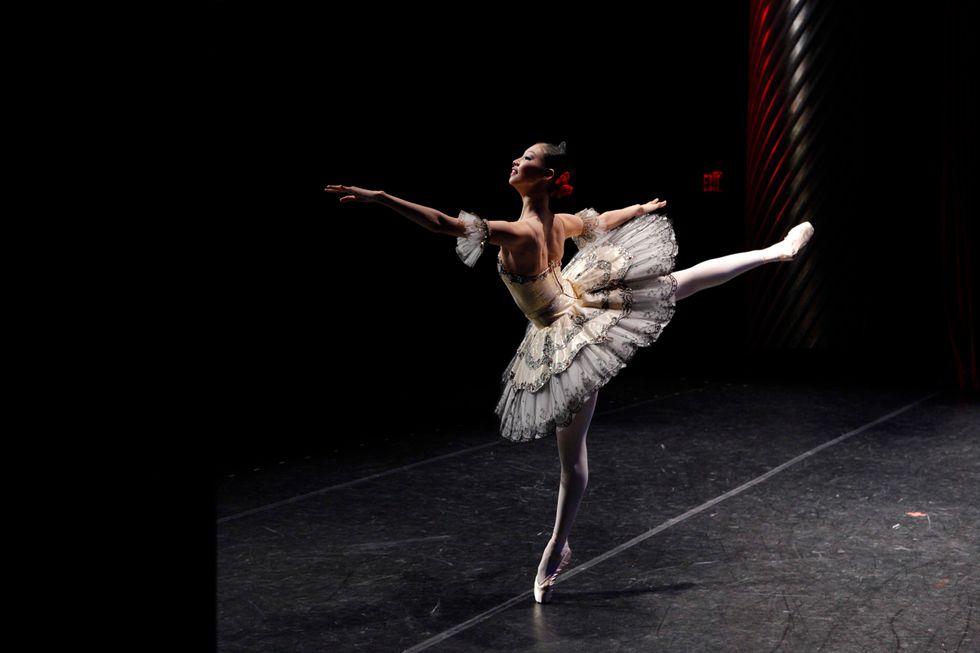
Many of the cognitive processes dance requires are hard to explain. Photo by Rachel Papo for Pointe.
His goal? For starters, he hopes his research will affirm that dance students are smart.
“Dancers sometimes feel dumb because we don’t have access to language in the way that other people do,” Henley says. He theorizes this is because many dancers process things holistically and spatially, rather than linearly and logically (which are typically more valued in our culture).
But he also hopes that his work will help to advocate for more dance in school—which he sees as a social justice issue. “There’s a lot of research that indicates that alphabetic, symbolic ways of learning privilege certain types of students,” he says. “There are other students from different cultures, classes, genders, backgrounds who need more embodied experiences in class in order to access material. Teaching dance is a diversity and inclusion strategy.”
So the next time someone claims that dancers are dumb, know that they’re just not smart enough to realize that you’re smart.
